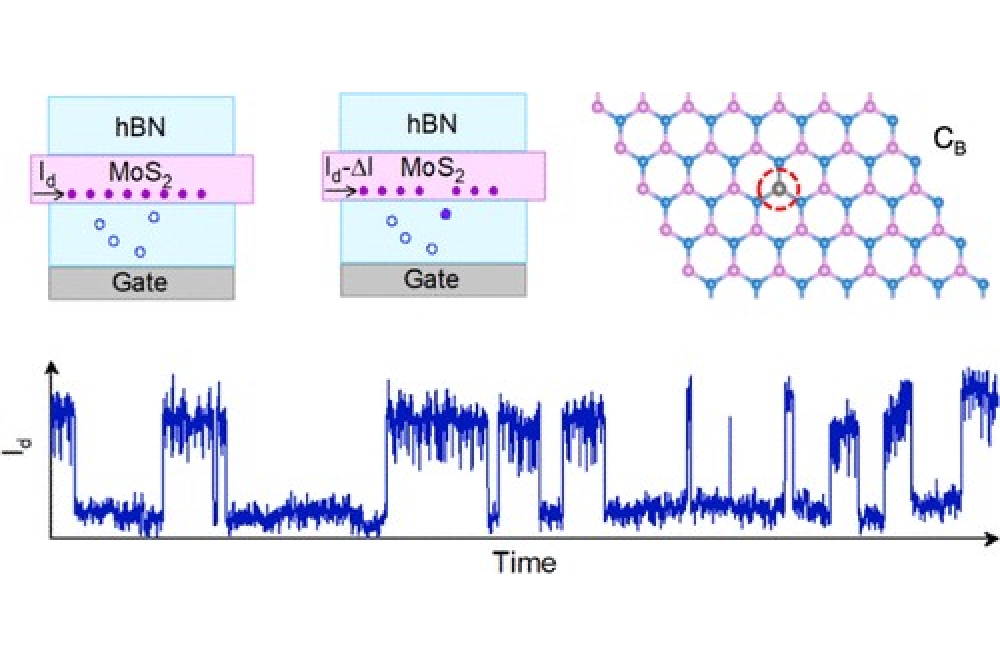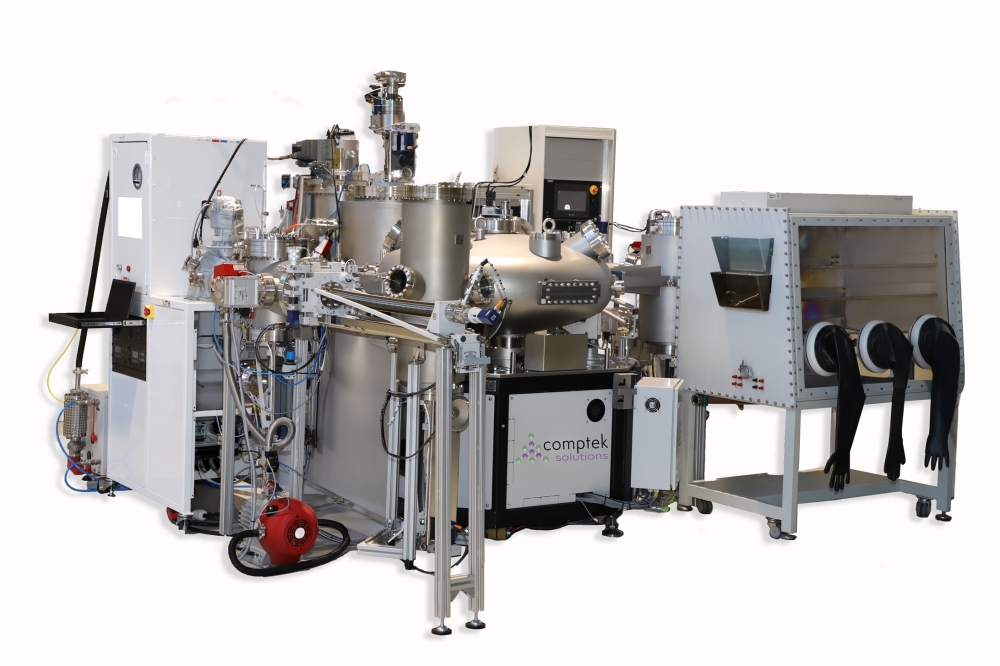$1.9m development cash for "whispering" lasers
Mid-infrared lasers based on the InSb material system are to be developed by an eight-partner consortium in the UK.
Thanks to £1 million ($1.9 million) from the UK Department of Trade and Industry, the Qinetiq-led effort will use strained-layer engineering to create lasers operating in the 3-5 µm mid-infrared atmospheric window.
Tim Ashley at Qinetiq is the technical leader of the project. He says that although there has been great progress in quantum cascade laser (QCL) development in recent years, these devices are restricted to wavelengths longer than 5 µm.
"To achieve emission at the specific wavelengths between 3.3 µm and 3.9 µm of interest for the key applications, a greater degree of confinement in the quantum wells is necessary," explained Ashley, adding that this has proved impossible with QCLs thus far.
Instead, he and his collaborators will be focusing on both conventional Fabry-Perot laser designs and novel whispering gallery mode (WGM) resonators that have been pioneered by researchers at Lancaster University.
The material system employed will feature highly-strained InSb quantum wells within separate InGaAlSb-based confinement and cladding layers.
This system has already proved successful in Qinetiq's development of high-performance infrared detectors and field-effect transistors, says Ashley. "The advances that we have made in understanding and controlling the InSb-based material system leads us to now believe that it will be entirely manufacturable."
If the project proves to be a success, Ashley says that the laser sources could find a range of applications in medicine and industry.
"Presently, there is a major gap in capability in the mid-infrared part of the spectrum," he told compoundsemiconductor.net. "Applications include eye surgery for surface ablation of corneas, and vaporization of the prostate."
The latter application could enable genuine day-case surgery with minimal side-effects, while the lasers could also be used for localized heating of tissue which can then be imaged using scanning thermal probes.
Other potential applications include remote gas sensing, and petrochemical giant BP plans to field-test an instrument featuring the InSb devices following their development.


































